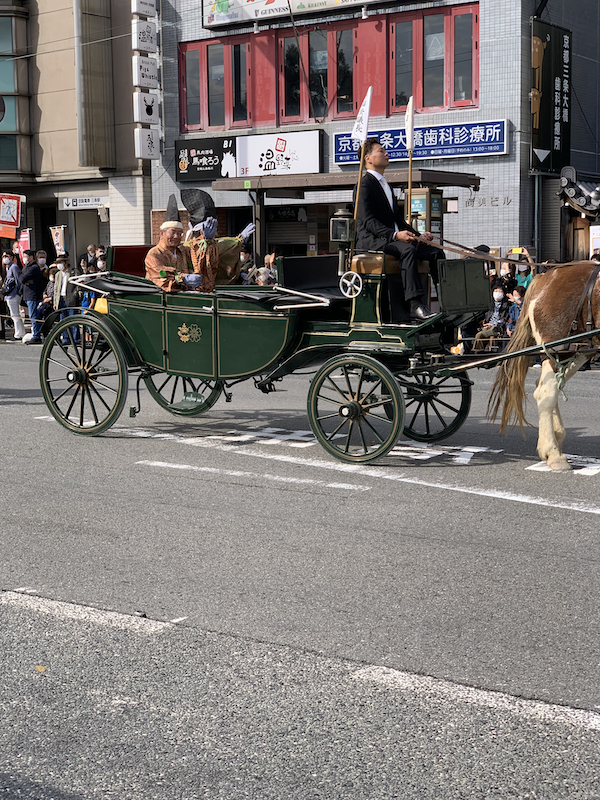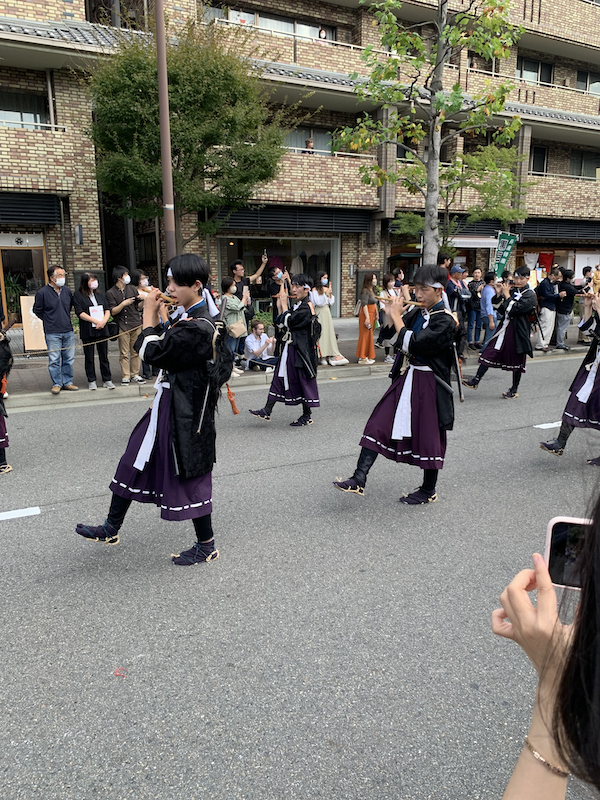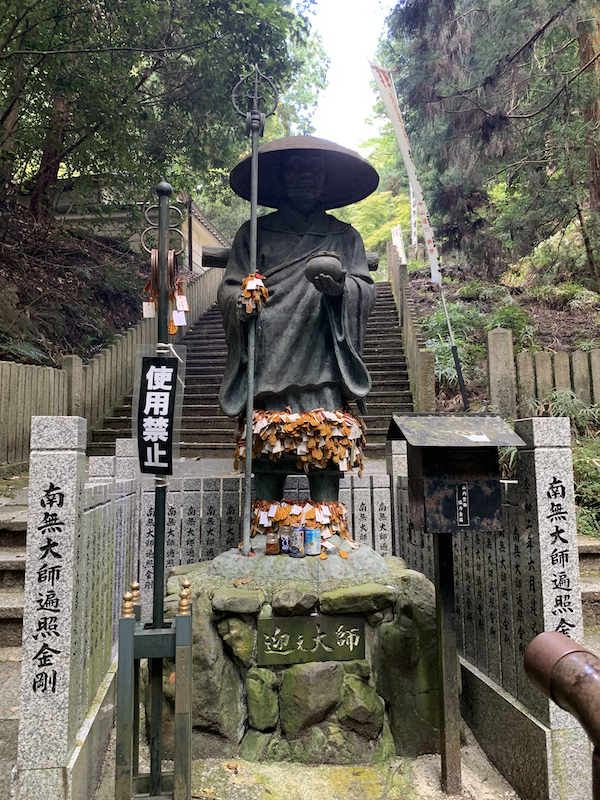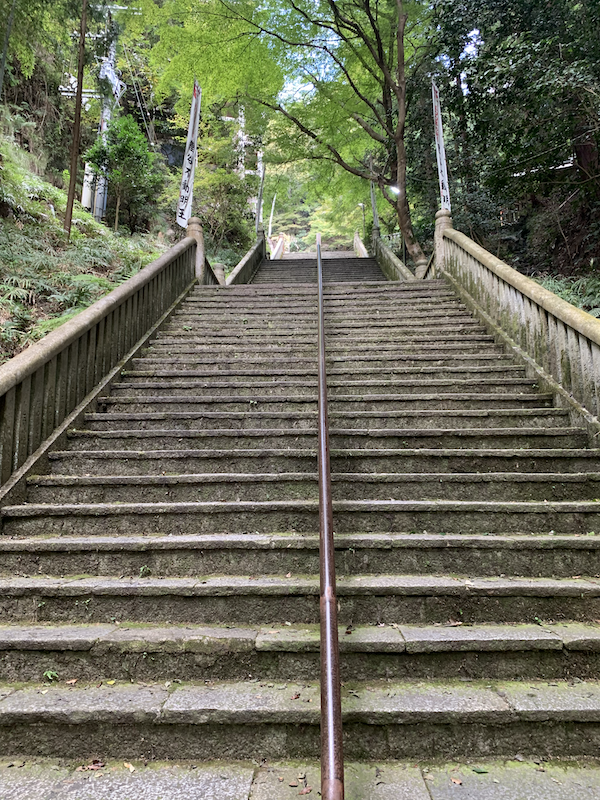Last Friday (December 5, 2025), I filmed an extended discussion with my Kyoto University colleague,…
Kyoto Report No 4
This Tuesday report will provide some insights into life in Kyoto for a westerner in the age of Covid. Today it is report on an OTT (good way) historical procession in Kyoto to mark 1,100 years since the capital was established in this city. And some more action from the hills to the east of Kyoto, where the most magnificent gardens can be found. As well as some other things.
Time flies when one is having fun.
Festival of the Ages
The weekend before last I was delighted to attend a sort of 5-hour moving historical lesson through the streets of Kyoto which is called the = 時代祭 (Festival of the Ages or Jidai Matsuri).
This video from the organisers tells you all about it.
It is held annually on October 22 (although this was the first time since 2019 as a result of Covid).
It starts at the Imperial Palace Gardens and then the procession moves through the city streets and across the Kamo River at the famous Sanjo bridge (which was the main entry point into the Imperial capital along the – Tōkaidō Road – which linked Tokyo (then Edo) to Kyoto.
If you are a fan of the woodprint work of – Utagawa Hiroshige – then you will be familiar with his grand work – The Fifty-three Stations of the Tōkaidō – which are among my favourite historical woodprints.
After the river crossing the procession heads east then north to the – Heian Shrine – which “was built in 1895 to commemorate the 1,100th anniversary of the founding of Kyoto and to promote a city-wide revival amidst a period of concern for Kyoto’s future after the capital was moved to Tokyo in 1868, taking along with it the Emperor, the imperial family, and a majority of the government.”
We live close to the Shrine and rode our bikes down to Sanjo to check the parade out. There was a huge crowd down at the bridge, and although everyone was wearing their masks, we concluded was not the Covid-safest place to be so we rode back to the Shrine area and found a fairly open spot to watch the procession.
Five hours of it!
A triumph of colour and a wonderful cavalcade of marchers dressed in appropriate clothing for the historical period they were representing from the earliest C8 – Enryaku era – to the – Meiji era – in the second-half of the C19th into the C20th.
Each era was presented in terms of the textiles (fabrics, headware, etc), gender roles, weaponry, class divisions, music etc.
So in one afternoon I learned so much about Japanese history.
A friend from Tokyo was down to visit us and she provided a moving commentary based on the very detailed catalogue that we bought for a few hundred yen.
It was quite warm and a few of the old samurai that walked past – there were thousands of them overall – were showing signs of wear.
I doubt the Shogun they worked for would have been impressed.
One old guy dressed as a Samurai from the Meiji era sort of collapsed in front of us and was sort of manhandled by his buddies towards the finishing line at the Shrine.
Overall a magical event.
Here is the head of the procession – the civic leadership.
Just behind were the ‘business leaders’ – go figure – and then the procession began in reverse historical order.
Each historical period had music of the ‘times’. This was a great pipe band with a huge drum keeping the marching step precise.
The hills to the East
Then it was off to the mountains on Sunday just gone on our bikes to walk the trails after the bike paths run out and visit the famous Buddist – Tanukidani-fudō-in Temple – in the East Hills of Kyoto.
This is a very austere temple reflecting the approach of the early monks.
The founder of the temple lived in a cave and survived from eating the local food items on trees etc.
It is very steep up in that part of the mountain range and after the road runs out and the bikes are parked, we had to walk 250 steps up to the buildings.
Some way up you encounter this character – the ‘Omukae Daishi’ or ‘welcoming great teacher’ who is a high ranking, travelling monk.
People “who want to pray for the health of their legs and feet or travels hang the sandal charms on their way back down”.
Then the stairs get steeper:
At the top, is a very peaceful temple that was build abutting the face of the cave that the original monk – Tomoatsu Fusamasa – took refuge in during the – Heian period.
平安時代 or Heian means peace in Japanese and sitting in the temple was one of the most peaceful things one can do I think.
It was a great experience even without the spiritual affiliation.
At the temple, people purchase (I think) the ‘gankake fuda’ which are sticks that have human body forms drawn on them and people then circle some area of the body that they want cured from cancer or the like.
They hang them up on a big board and pray for the cure.
My knees reflect the years of hard running but I decided that massage, stretching and other remedies would serve me better than circling the appropriate spot on the gankake fuda!
Once we retrieved our bikes at the bottom of the stairs, it was a very steep descent down the road and about half way down a right hand turn took us to the magnificent – Enkō-ji Temple 圓光寺 – which is a Zen Buddhist temple.
It features a marvellous garden – one of the best I have seen in Japan – and a raked stones dry garden area.
Here I am contemplating the garden – or I was before someone said turn around for a photo!
It was so peaceful there.
And the autumn colours were just starting to appear in the trees that are part of the complex.
Then a 10 kms ride back home – or to the bread shop first – late afternoon and a pretty good Sunday spent in Kyoto.
These places are off the beaten tourist track.
We live in a normal neighbourhood and rarely see the tourist parts.
On the Saturday we had gone down to – Maruyama Park – which is close to the historical – Gion district – and the – Yasaka Shrine.
The park is beautiful and is apparently the “main center for cherry blossom viewing in Kyoto” – in April.
We had a nice sandwich there.
But the area around the Shrine and Gion itself is overcrowded and tacky with souvenir shops and all manner of commercialisation.
Definitely to be avoided.
It is much better away in the hills and the outskirts along the rivers – accessible via our bikes.
And I will play with a local band this coming Saturday
Coming up this week is a special feature – I have been invited to play with one of the bands in Kyoto at the legendary ‘live house’ – 拾得 (Jittoku), which is regarded as a ‘sacred place’ by local musicians.
Here is an article about the venue – https://mainichi.jp/articles/20220308/k00/00m/040/084000c – which is a report of action earlier this year.
The venue has a Covid safe policy – limited numbers to allow social distancing, compulsory masks, no shouting and other safeguards which means that live music can return and not threaten the health of all those involved including the musicians.
A fellow musician has loaned me his old Fender Telecaster and I am looking forward to playing with them.
The venue is near the Imperial Gardens in the Kamigyo Ward.
The place should rock Saturday night!
That is enough for today!
(c) Copyright 2022 William Mitchell. All Rights Reserved.





Bill, Kyoto has more historical features and natural beauty to offer than I realised. Enjoy Saturday night, sounds like fun.
How about halloween in Japan? Do the Japanese take any interest in the Celtic tradition of “all hallows eve”, or rather in the american mercantile version of the thing?
In Portugal, we used to call halloween “witches day”, before captain america killed all the witches.
It is great to have these reports and the musical interludes on this otherwise hard hitting economics blog. It is always important to show what one is for alongside passionate condemnation of what we are against. I think the writer Babara Ehrenreich of Nickle and Dimed fame talks about the need to dance in the streets and find collective joy. I think the Japanese with all their festivals in public spaces are onto that collective joy idea.